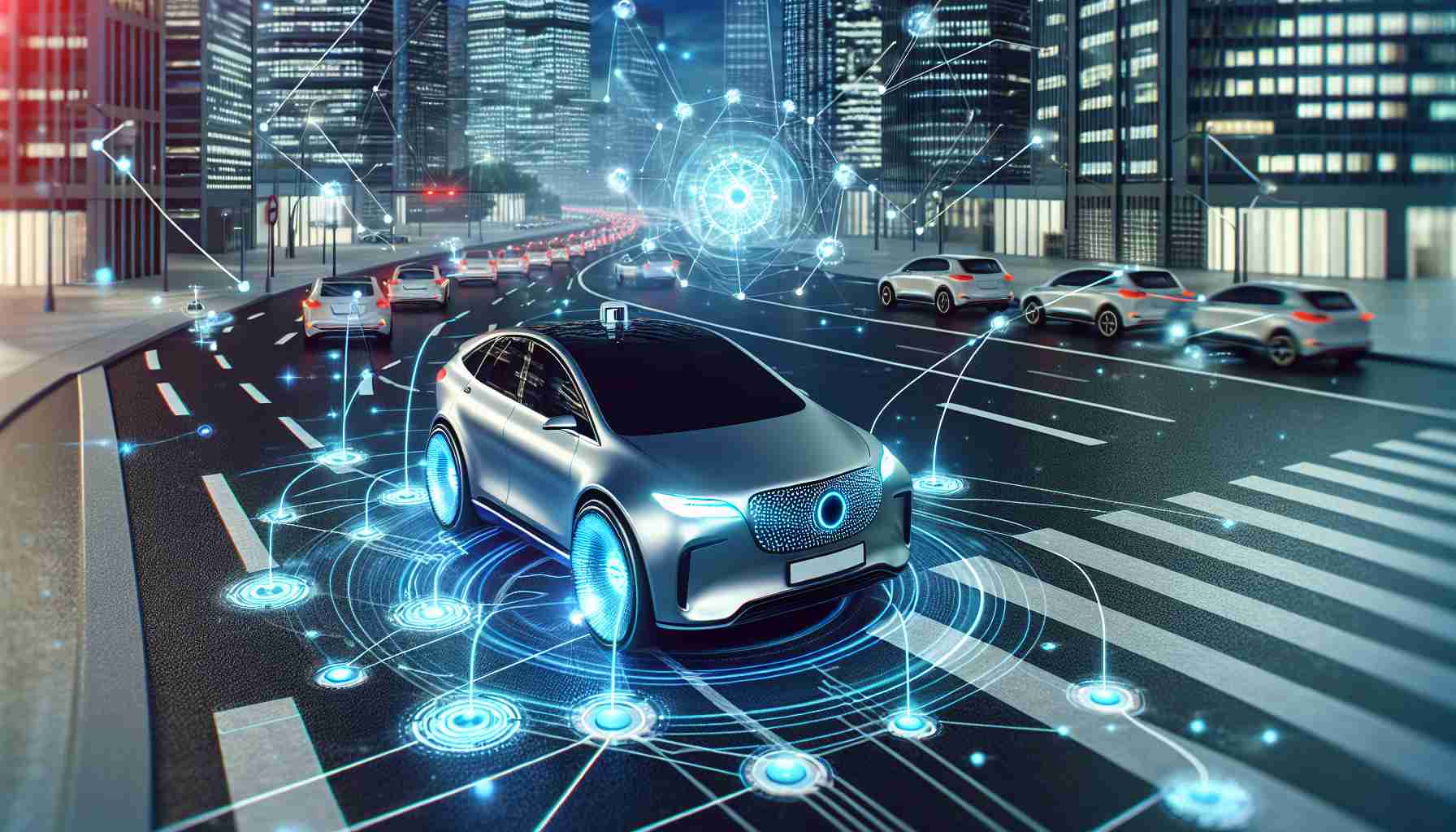Tech Versum: Explore the Future of Technology
Dive into the latest trends and innovations in technology with Tech Versum.
Driving into the Future with Robots
Discover how robots are shaping the future of driving! Uncover innovations that will revolutionize our roads. Dive in now!
How Autonomous Vehicles Are Shaping the Future of Transportation
The evolution of autonomous vehicles is revolutionizing the transportation industry in unprecedented ways. These self-driving cars, equipped with advanced sensors and artificial intelligence, are designed to navigate roads while minimizing human intervention. As cities become more congested, the implementation of autonomous vehicles promises to alleviate traffic jams and enhance safety. With fewer accidents attributed to human error, the potential to save lives while improving transportation efficiency is substantial. Furthermore, reduced traffic congestion will contribute to lower emissions, as vehicles will be able to maintain optimal driving speeds, ultimately benefiting the environment.
Moreover, the rise of autonomous vehicles is also transforming urban planning and infrastructure. Cities are beginning to adapt their layouts to accommodate these innovative vehicles, leading to designs that promote shared mobility and reduce the need for extensive parking spaces. The shift towards autonomous transportation encourages the development of smart cities, where interconnected technologies enhance the flow of traffic, provide real-time updates to commuters, and optimize public transport systems. As we embrace this technological shift, the future of transportation not only aims to improve convenience but also strives to create sustainable and efficient systems that serve the needs of society.

The Role of AI and Robotics in Revolutionizing Road Safety
The integration of AI and robotics into the realm of transportation is proving to be a game-changer for road safety. One of the most significant advancements comes in the form of autonomous vehicles, which utilize advanced algorithms and sensors to navigate safely through traffic. These vehicles are equipped with sophisticated AI systems that can process vast amounts of data in real time, making split-second decisions that greatly reduce the likelihood of accidents. Additionally, the deployment of robotics in traffic management systems has enhanced the efficiency of road monitoring, helping to identify hazards before they escalate into dangerous situations.
Furthermore, AI-driven tools are being developed to aid human drivers through features like collision avoidance systems and intelligent traffic signals. These technologies utilize predictive analytics to anticipate and mitigate potential risks on the road. As robotics play a more prominent role in infrastructure maintenance, such as automated road repairs and drone surveillance, the overall condition of our roads will improve. Collectively, these innovations signify a movement towards a future where enhanced road safety is not just desirable but achievable, leading to reduced accident rates and saving countless lives.
What Are the Challenges of Integrating Robots into Our Daily Commute?
As urban populations grow, the idea of integrating robots into our daily commute presents several challenges. First and foremost, the issue of safety arises. Autonomous vehicles must not only adhere to traffic laws but also predict and respond to the unpredictable behaviors of human drivers and pedestrians. This raises questions about liability in case of accidents and the necessary advancements in artificial intelligence required for these robots to make real-time decisions effectively. Furthermore, the infrastructure of cities is not yet uniformly equipped to handle such technologies, creating gaps where human commuters may feel unsafe or intimidated.
Another significant challenge lies in public acceptance. Many individuals are still skeptical about the reliability and ethics of robotic transport systems. To facilitate this transition, education and awareness programs will be essential. They need to convey the benefits of using robots, such as reduced traffic congestion and lower environmental impact. Additionally, policy frameworks must be established to govern the use of robotics in public spaces, addressing concerns over privacy and data security, which could hinder the integration of this technology into our daily commuting experiences.